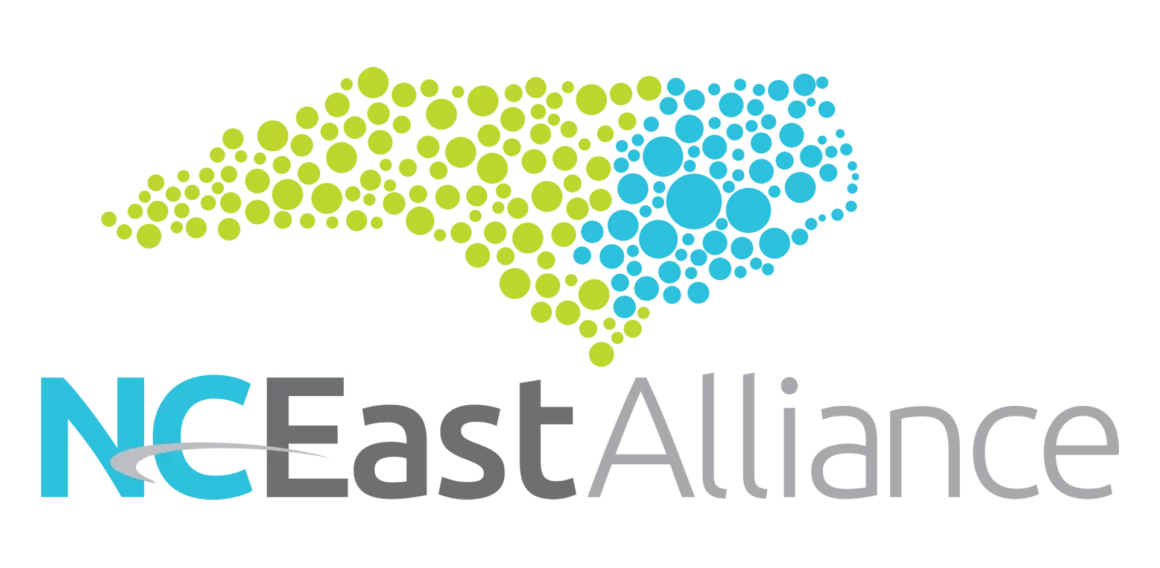Two East Carolina University professors presented research this week at the American Heart Association’s Scientific Sessions 2013 in Dallas.
 Two East Carolina University professors presented research this week at the American Heart Association’s Scientific Sessions 2013 in Dallas.
Two East Carolina University professors presented research this week at the American Heart Association’s Scientific Sessions 2013 in Dallas.
Dr. Samuel F. Sears, director of the doctoral program in health psychology, presented an abstract today. Dr. W. Randolph Chitwood, director of the East Carolina Heart Institute, delivered the William W. L. Glenn Lecture during the group’s annual meeting Monday. Chitwood, a cardiothoracic surgeon, is a professor of cardiovascular sciences at the Brody School of Medicine at ECU.
During the Glenn lecture, Chitwood presented “Less Invasive Heart Surgery – Will it Fail or Prevail?” He also delivered a cardiovascular seminar lecture Monday titled “Robotic Valve Surgery: Ready for Prime Time?”
The Glenn lectureship was established in 1989 in honor of Dr. William W. L. Glenn, a pioneering cardiac surgeon who made important contributions to the treatment of congenital and acquired heart disease. He was the first surgeon to hold the position of president of the AHA.
Sears’ oral abstract, “Anti-Tachycardia Pacing Has Minimal Impact on Daily Activities Compared to Shocks,” will outline research that he conducted alongside Bruce D. Gunderson and Jodi L. Koehler of Medtronic, Inc., that produced new findings for patients living with a particular kind of potentially life-saving heart device.
Implantable cardioverter defibrillators (ICD) can be programmed to deliver either anti-tachycardia pacing (ATP) or shocks to terminate life-threatening heart arrhythmias. During the study, patients’ activity was measured by a feature within the ICD itself, and the research showed that patients who received shocks experienced a decrease in daily activity compared to those who experienced ATP-only therapy from the device.
“That’s never been shown before,” Sears said. “The effects of shock span mind, body and behavior. Decreased activity in ICD patients is likely associated with anxiety and diminished perceptions of safety. We want ICD patients to live confidently and rely on the ICD to provide therapy when needed. Activity is safe and important for ICD patients.”
Sears, also a professor in the Department of Psychology and the Department of Cardiovascular Sciences at ECU, is a world authority on cardiac psychology as it relates to patients with ICDs and is the most prolific author on the topic.
Sears said the research is meaningful for patients because it directly impacts their quality of life.
“Successful management of ICD patients involves minimizing ICD shocks and maximizing quality of life,” he said. “Activity is likely directly associated with quality of life. Heart disease is challenging, and facilitating patient activity is part of minimizing the subtractions of the disease.”
Scientific Sessions is the premier national cardiovascular meeting. More than 18,000 experts attend from more than 100 countries. There are more than 1.5 million virtual professional attendees, according to American Heart Association data.
Sears said that while presenting the abstract at Scientific Sessions is itself an honor, it also showcases East Carolina’s achievements and expertise in heart health and cardiac psychology.
“It highlights ECU’s efforts to advance national research agendas in cardiac research,” Sears said.
Sears came to ECU in 2007 from the University of Florida and is the 2013 recipient of the O. Max Gardner Award, the University of North Carolina system’s highest faculty honor that recognizes contributions to the welfare of mankind.
